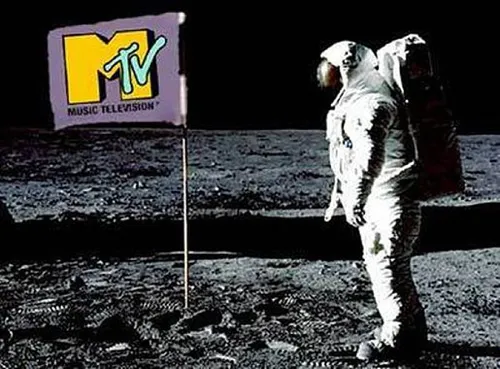On August 1, 1981, a seismic shift occurred in the world of entertainment and pop culture. Music Television, better known as MTV, made its historic debut, forever changing the way we consume music, pushing the boundaries of creativity, and launching a cultural phenomenon that would shape an entire generation. Let’s take a trip down memory lane and revisit the groundbreaking first day of MTV’s broadcast.
The Birth of an Icon
In the early 1980s, television was dominated by a limited array of channels primarily offering news, sports, and sitcoms. The concept of a 24-hour channel dedicated exclusively to music videos was revolutionary, and that’s exactly what MTV set out to achieve. The channel’s founders, Robert W. Pittman and John Lack, envisioned a platform that would bring the visual appeal of music to the forefront.
The Countdown Begins
At 12:01 AM on August 1, 1981, MTV burst onto television screens with a now-iconic image: the Apollo 11 moon landing, superimposed with the MTV logo, accompanied by the words “Ladies and gentlemen, rock and roll.” This introduction was followed by the channel’s first music video, fittingly titled “Video Killed the Radio Star” by The Buggles. The song’s chorus, “Video killed the radio star,” resonated deeply as MTV marked the beginning of a new era for music consumption.
The Inaugural Playlist
In its early days, MTV played a relatively limited selection of music videos due to the scarcity of content and the novelty of the concept. The first day’s playlist included a diverse mix of artists from various genres, reflecting the eclectic taste of the era. Viewers were treated to videos from artists like Rod Stewart, Pat Benatar, The Who, and Iron Maiden. This blend of rock, pop, and new wave set the stage for the channel’s future programming.
Challenges and Triumphs
Despite its innovative concept, MTV faced significant challenges during its early days. Convincing record labels to produce music videos for relatively unknown artists was no small feat. Additionally, cable providers were hesitant to carry the channel, viewing it as a risky venture. However, MTV’s persistence paid off. As the channel gained popularity, artists recognized the power of music videos as a promotional tool, and cable companies scrambled to include MTV in their lineups.
Impact on Culture
MTV’s arrival ushered in a new era of visual storytelling in music. Artists began to embrace music videos as an essential part of their creative expression, using the medium to craft narratives, explore artistic concepts, and connect with fans on a more intimate level. Iconic videos like Michael Jackson’s “Thriller,” Madonna’s “Like a Virgin,” and A-ha’s “Take On Me” became cultural touchstones and redefined the boundaries of what could be achieved within the format.
August 1, 1981, marked more than just the birth of a television channel; it marked the birth of a cultural revolution. MTV’s first day of broadcast laid the foundation for an industry that would influence music, fashion, and pop culture for decades to come. Its impact is still felt today, as music videos continue to shape the way we perceive and interact with music. So, here’s to MTV and its trailblazing debut, forever etched in history as the day that changed the music world forever.

